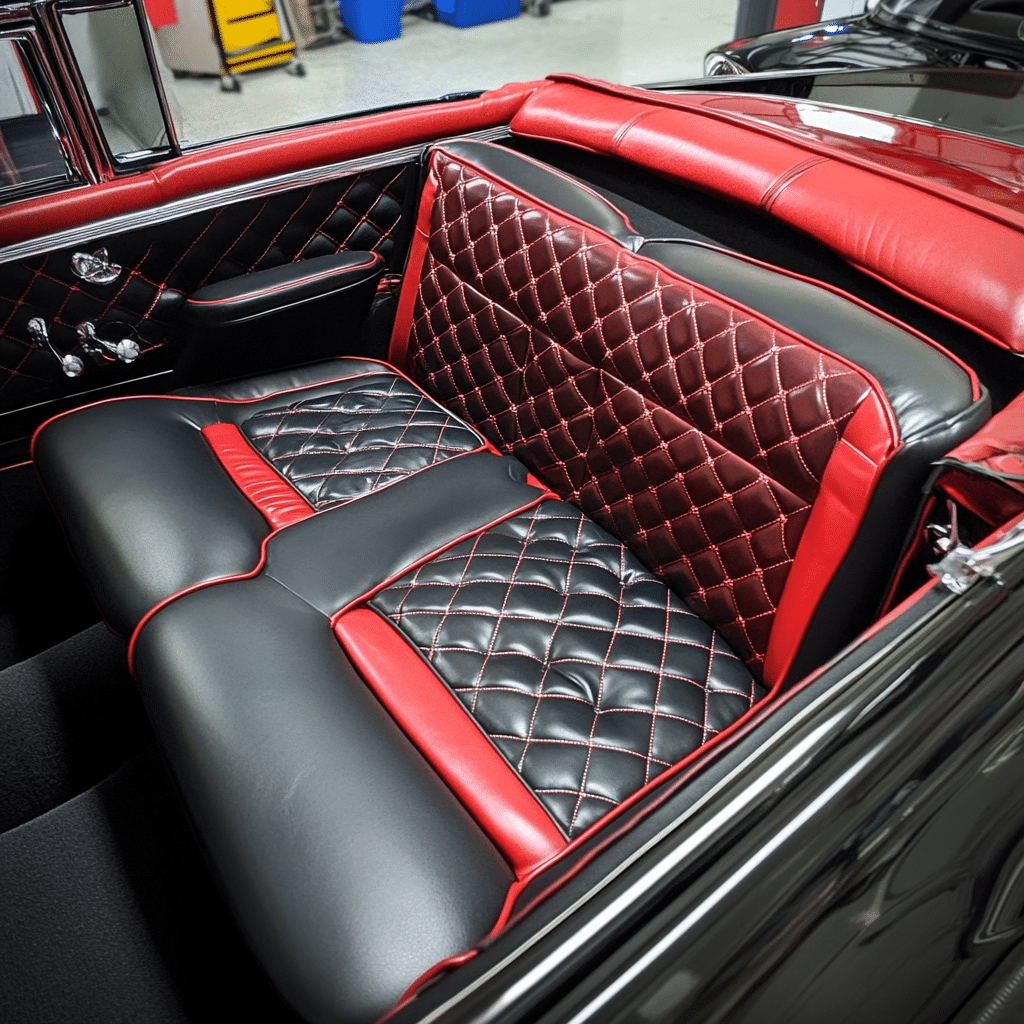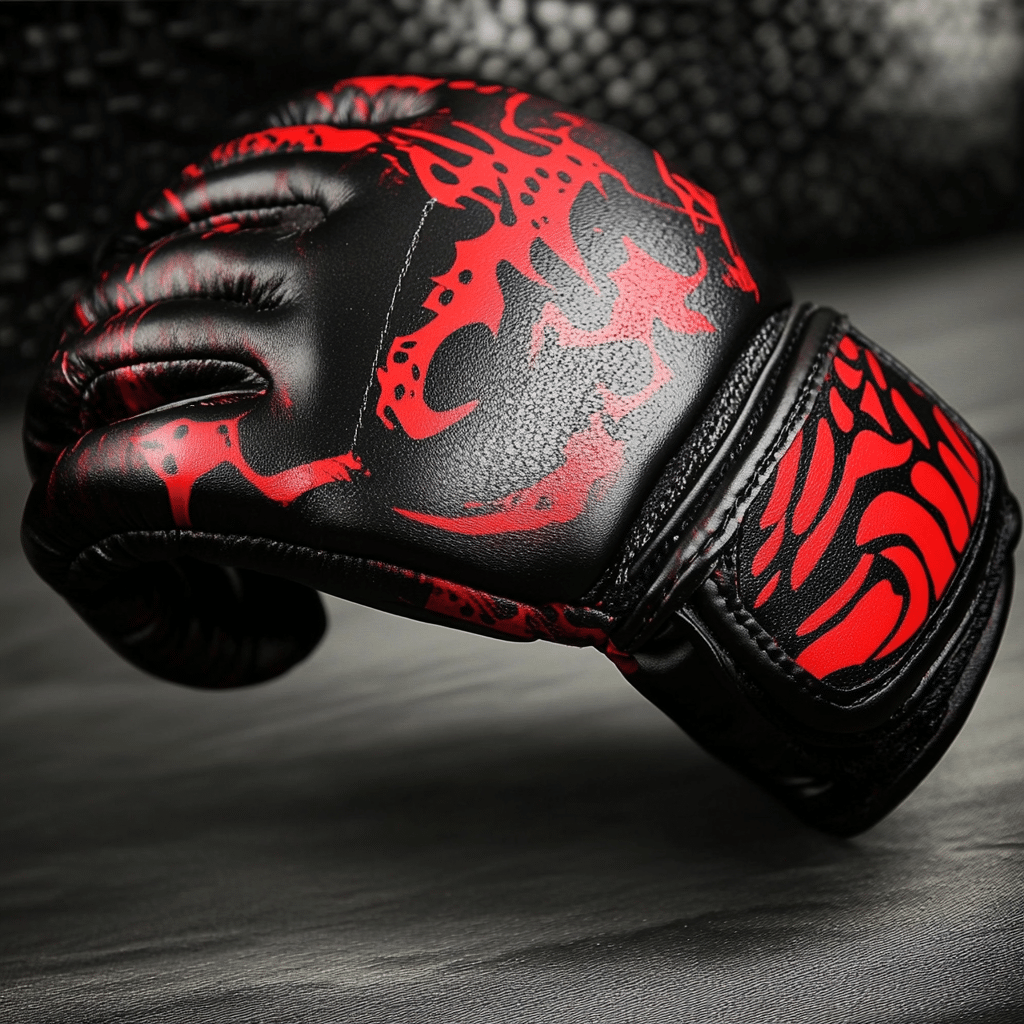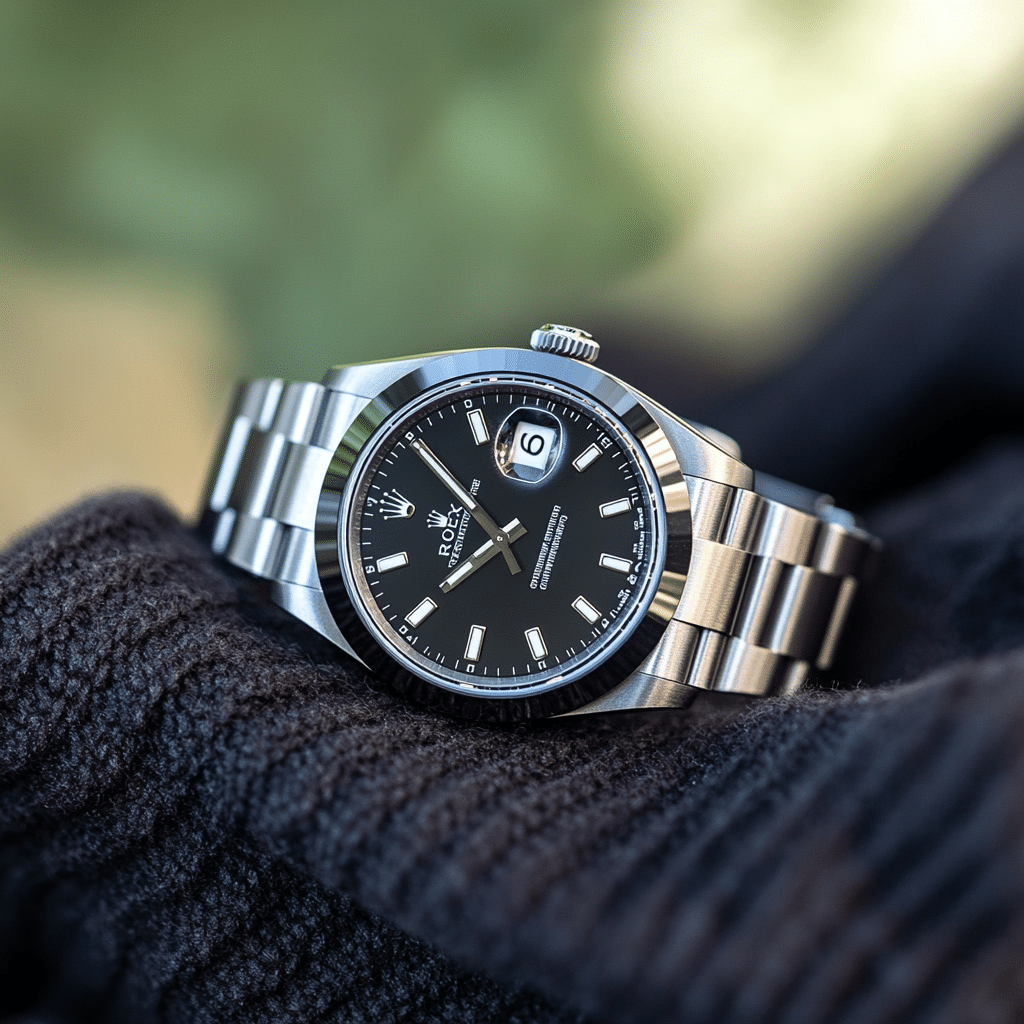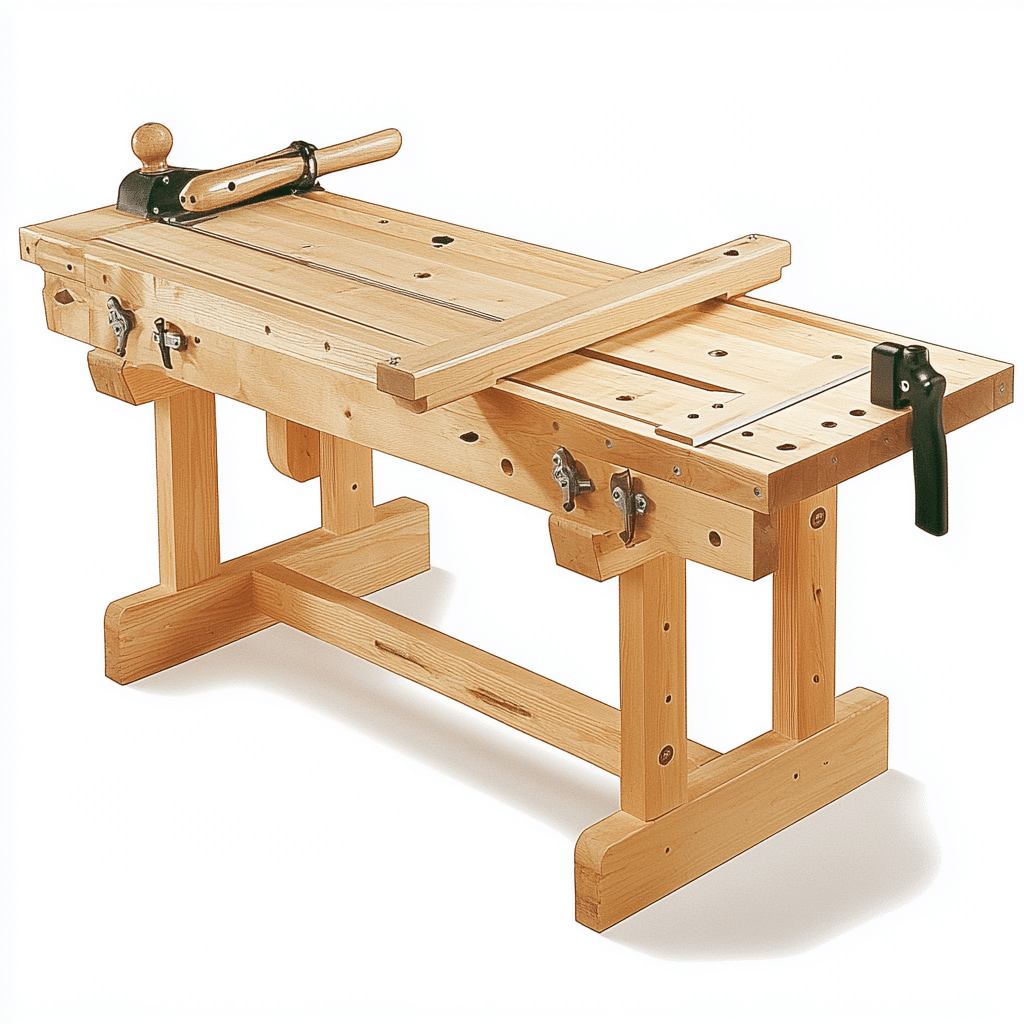When it comes to fitness, one exercise stands tall among the pack, and that’s the glute ham raise (GHR). If you’re on a journey to build a stronger body, this powerful movement could be your ticket to the gains you’ve been chasing. The GHR primarily targets the posterior chain, which means it zeroes in on your glutes, hamstrings, and lower back. Unlike traditional isolation workouts that only zap one muscle group at a time, the GHR requires multitasking from numerous muscles. Think of it as your one-stop-shop to not just strong legs, but solid core stability too! So, let’s dive in and explore why incorporating this dynamic exercise into your routine can propel you toward impressive results.
1. Understanding the Glute Ham Raise
The glute ham raise isn’t just any ordinary workout; it’s a functional movement that plays a significant role in athletic performance. By anchoring your feet and leveraging body weight resistance, you stimulate isometric contraction in your muscles. What’s that mean? Well, it means that your muscles are working hard to hold a stable position while also moving. This dual effort closely resembles the mechanics used in sprinting or jumping, making it a crucial exercise for anyone keen to boost their dynamic strength.
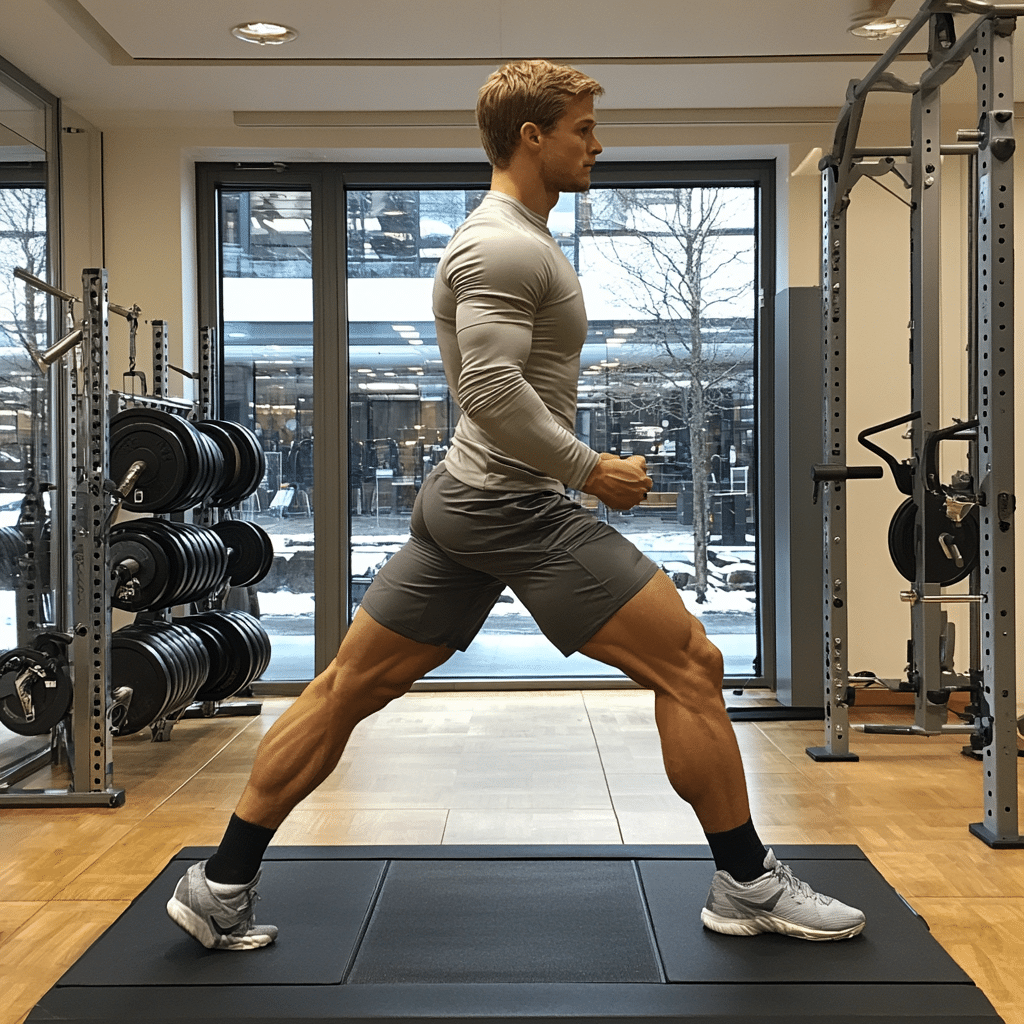
1.1 The Anatomy of the Glute Ham Raise
When you perform the glute ham raise, you engage multiple muscle groups in a coordinated effort. Your glutes and hamstrings work in tandem to lift your body while your core stabilizes the movement. This kind of synergy not only strengthens your legs but also enhances your overall body control. If you’re an athlete or someone gearing up for sports, incorporating GHRs can give you a competitive edge by mimicking those explosive motions in your training!
1.2 The Science Behind Core Engagement
Here’s where it gets really fascinating—research tells us that the glute ham raise has amazing benefits beyond leg strength. A study from the Journal of Strength and Conditioning Research shows that this exercise promotes superior coordination between gluteal and core muscles compared to standard workout routines like bench presses or leg extensions. By targeting the strength of your core, GHRs help stabilize your lower back during movement, significantly reducing the risk of injury. So, not only do you get stronger legs, but you also get a more robust midsection!
2. Top 7 Reasons You Should Embrace the Glute Ham Raise
Now, let’s break it down even further. Here are seven compelling reasons to bring the glute ham raise into your life—more advantages than you might find in a convenience store!
2.1 Glute Ham Raises: The ‘Butter Churner’ Effect on Muscle Development
Just like a butter churner combines ingredients to create that creamy goodness, the glute ham raise combines movement and resistance to churn out serious muscle development. By hitting both your glutes and hamstrings, GHRs maximize muscle hypertrophy, making them a game-changer for anyone looking to bulk up. Research has shown a solid connection between consistent GHR workouts and increased muscle mass in the posterior chain.
2.2 Building a Stronger Core: The ‘Capn Crunch’ Strategy
Starting your day with a crunchy bowl of Capn Crunch can fuel you up—similarly, the glute ham raise offers a crunchy, hearty way to build a solid core. According to the National Strength and Conditioning Association, exercises that promote core engagement like the GHR lead to better performance outcomes in sports, giving you an edge. Much like a balanced breakfast sets the tone for a productive day, integrating GHRs into your routine will lay the groundwork for a fit lifestyle.
2.3 Sculpting an ‘Onion Booty’: More Than Just a Trend
The quest for the ‘onion booty’—full, sculpted glutes—is driving many to the gym, and the good news is that the glute ham raise can very much support this goal. This powerhouse exercise zeros in on the muscle fibers that conventional workouts often neglect. Fitness aficionados across social media platforms have shared their success stories, noting significant improvements in glute definition after making GHR a staple in their workouts. Who doesn’t want a little extra curve?
2.4 Gripping the Strength: The ‘Cheese Nips’ Approach
Ah, Cheese Nips—delicious, crunchy, and undoubtedly satisfying! Just like these snacks pack a punch, so does the glute ham raise when it comes to strength gains. Real-life testimonials underline the GHR’s ability to elevate performance in high-intensity sports, especially in fields like football and track and field. The impact of this exercise is hard to beat, similar to the reliability of Cheese Nips in satiating snack cravings on game day!
2.5 Versatile Workout Integration: ‘Munchos’ of Possibilities
Just as Munchos come in a mix of exciting flavors, the applications of the glute ham raise are vast. You can seamlessly integrate GHRs into various training routines, whether focusing on building strength or improving endurance. Experts recommend pairing glute ham raises with squats or deadlifts for a complete workout experience, keeping your sessions fresh and engaging. The endless possibilities make GHRs a welcomed addition to any fitness arsenal!
2.6 The Sweet Finish: A ‘Milk Dud’ to Your Routine
Every good workout deserves a sweet finish, and the glute ham raise delivers that in spades! Many seasoned athletes view GHRs as the perfect way to cap off a grueling session. These challenging moves maximize muscle fatigue and growth and improve recovery. Sports trainers report better overall strength gains when athletes incorporate GHRs as a regular finisher compared to other lower body exercises. It’s like treating yourself to a Milk Dud after a well-done day!
2.7 Enhancing Functional Strength for Life
Lastly, let’s talk about functional strength. GHRs facilitate real-world body mechanics, mimicking the motions used for everyday activities. By improving your stability, they help to mitigate injuries and promote longevity in your physical pursuits. Enjoying workouts that nurture mobility contributes to a daily life where tasks are performed effortlessly.

Final Thoughts: Elevating Your Workout Game
Don’t sleep on the glute ham raise—it could be the transformation your fitness journey needs! As we’ve explored, this versatile exercise doesn’t just sculpt the coveted ‘onion booty’ but also amps up core strength and alleviates injury risks. Just as indulging in your favorite snacks brings joy, introducing GHRs into your routine promises gains and stability that elevate your entire workout landscape. By committing to this dynamic movement, you unlock your potential and set the stage for a healthier, stronger you in 2024. Whether you’re checking the latest Lakers scores or gearing up for the premiere of Beetlejuice 2 streaming, it’s clear that powerful movements like the glute ham raise should be at the forefront of your training. Embrace it today and see how it can reshape your fitness narrative!
Glute Ham Raise Strength Secrets
History of the Glute Ham Raise
The glute ham raise has its roots in strength training circles, emerging prominently in the late 1990s. It’s a game-changer for building posterior chain strength, targeting those hamstrings and glutes like nobody’s business. Fun fact: the same year the glute ham raise started to gain traction, “Titanic” made waves in the film industry in 1996, captivating audiences around the globe with its dramatic storytelling and iconic performances! That’s right, while we were enjoying epic movies, gym-goers were discovering exercises that would elevate their leg workouts.
Why It’s So Effective
What makes the glute ham raise so special? Its ability to enhance core stability and leg strength simultaneously is remarkable. Those muscles work hand in hand, almost like co-stars in a blockbuster movie. Speaking of blockbusters, if you’re planning ahead for next year, check out the upcoming releases lined up for 2025; the excitement in the film industry is palpable! Just like those eagerly anticipated movies, the glute ham raise offers a no-brainer for anyone keen on boosting their fitness regime.
Variations and Accessories
You can even spice up your workouts with various modifications of the glute ham raise! Adding resistance bands or using specialized equipment can keep things fresh and challenging. In cycling, for example, having the right bicycle Accessories can transform your ride. Accessories can boost performance just like how the right variations in your workout can push you to that next level. Imagine being able to microwave a meal while strategizing your next workout – with a nifty Panasonic microwave, it might just be possible! Every little bit helps.
So, whether you’re crushing your fitness goals or simply trying to mix things up, the glute ham raise has you covered. You could dive deeper into its benefits, like the prevention of hypokalemia, which highlights its overall value for building a healthier body. Keep those legs strong and ready to power through any film marathon!

How to do glute ham raises without a machine?
To do glute ham raises without a machine, find a sturdy surface to anchor your feet, like a low bench or couch. Kneel on the floor while keeping your knees on the padded surface, then slowly lower your upper body towards the ground while keeping your back straight. Engage your core to control the movement and push back up using your hamstrings and glutes.
How to do glute ham raises correctly?
For proper execution of glute ham raises, start by getting your feet hooked securely under a stable surface. Keep your body straight from head to knees, lower yourself towards the floor while maintaining a neutral spine, and push back up using your hamstring and glute muscles. It’s all about control and maintaining that straight line.
Is glute-ham raise effective?
Absolutely! Glute-ham raises are quite effective as they target not just your hamstrings but also engage the core. The movement encourages stability and strength across different muscle groups, making it a great addition to any workout routine.
How to replace glute-ham raise?
If you want to replace glute-ham raises, try exercises like Romanian deadlifts, hyperextensions, or good mornings. These movements will still hit your posterior chain and help develop strength in the hamstrings and glutes.
How do you train hams at home?
To train hamstrings at home, you can do bodyweight exercises like single-leg deadlifts, glute bridges, or even use resistance bands for hamstring curls. These moves can effectively target your hamstrings without needing fancy equipment.
How do you do a manual glute ham raise?
For a manual glute ham raise, you can perform it by grabbing onto a friend’s ankles or a sturdy object for support. Start in a kneeling position, lower your body down slowly while bracing your core, and then pull back up. Control is key, so don’t rush it!
What is a common mistake when performing the glute ham bridge?
A common mistake with the glute ham bridge is letting the lower back sag instead of keeping it straight. This can take the focus away from the glutes and put unnecessary strain on your back, so make sure to engage your core and maintain good form.
What is the difference between leg curls and glute ham raises?
The main difference between leg curls and glute ham raises is the muscle focus. Leg curls primarily isolate the hamstrings while glute ham raises involve the lower back and core too, making it a more comprehensive exercise for those areas.
How to do Nordic curls at home?
To do Nordic curls at home, you’ll need something to anchor your feet like a couch or a partner. Kneel on a soft surface, lock your feet down, and lean forward slowly while keeping your body in a straight line. Try to control the movement for the best results.
Is a razor curl the same as a glute ham raise?
Nope! A razor curl is not the same as a glute ham raise. A razor curl primarily targets the hamstrings in a more isolated fashion, while a glute ham raise works multiple muscle groups, including the glutes and core.
Which of the following is a common error of the glute ham raise?
A common error with the glute ham raise is using too much momentum instead of controlled movements. This can lead to poor form and reduce the effectiveness of the exercise, so take it slow and steady.
Is hyperextension the same as glute ham?
Hyperextensions and glute hams are similar but not the same; hyperextensions mainly focus on lower back and glutes, while glute ham raises specifically target the hamstrings while also working the core.
What is the difference between glute ham bridge and hip thrust?
The glute ham bridge and hip thrust differ mainly in positioning and the focus of the tension. The glute ham bridge typically involves a decline position and emphasizes the hamstrings more, while hip thrusts generally focus more on the glutes.
How to do glute ham raise at home without a machine?
You can do a glute ham raise at home without a machine by securing your feet under a piece of sturdy furniture and following the same movement as you would on a machine. Just keep that core engaged and move slowly for safety.
What is the opposite of a glute ham raise?
The opposite of a glute ham raise would be the hip thrust, as it primarily focuses on lifting the hips and emphasizes glute activation. Both exercises have their place in strengthening the posterior chain.
Which of the following is a common error of the glute ham raise?
As mentioned earlier, using too much momentum during the glute ham raise can be a common error. Focusing on form and control helps prevent injury and makes the exercise more effective.
How to properly use ghd?
To properly use a GHD (glute-ham developer), adjust the footplate to fit your height, position your legs under the pads, engage your core, and perform the movements with slow, controlled motions. You want to make sure you’re activating the right muscles for the best results.
Is a glute ham raise the same as a glute extension?
A glute ham raise and a glute extension aren’t quite the same. Glute extensions primarily focus on lifting the hips while working the glutes, whereas glute ham raises engage the hamstrings, lower back, and core too.
How to do hip raises correctly?
To do hip raises correctly, lie on your back with your knees bent and feet flat on the ground. Push through your heels, lift your hips upward until your body forms a straight line, then lower back down. Keep that core tight for stability!
How to do glute extensions without equipment?
You can do glute extensions without equipment by simply lying flat on your belly. Lift your legs off the ground while squeezing your glutes and then lower them back down. You can also try bridge variations on the floor for added resistance.
How can I build my hamstrings without a machine?
You can definitely build your hamstrings at home without a machine by doing exercises like bodyweight Romanian deadlifts, glute bridges, and stability ball hamstring curls. These are easy to do and effective for targeting those muscles.
Can you train glutes without equipment?
For glute training without equipment, bodyweight exercises like squats, lunges, and glute bridges work wonders. You can also try step-ups using a sturdy chair or a low table to really get those glutes firing.
How can I do glute hypers at home?
To do glute hypers at home, find a flat surface, like a bench or bed, that allows your hips to hang off the edge. Lie face down and lift your upper body while squeezing your glutes, then lower back down. It’s a simple move that can make a big difference!
